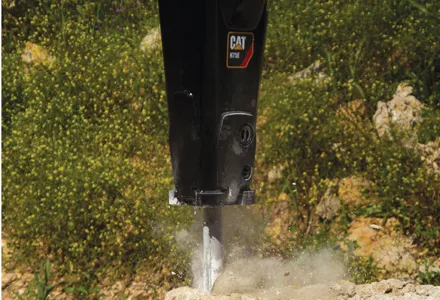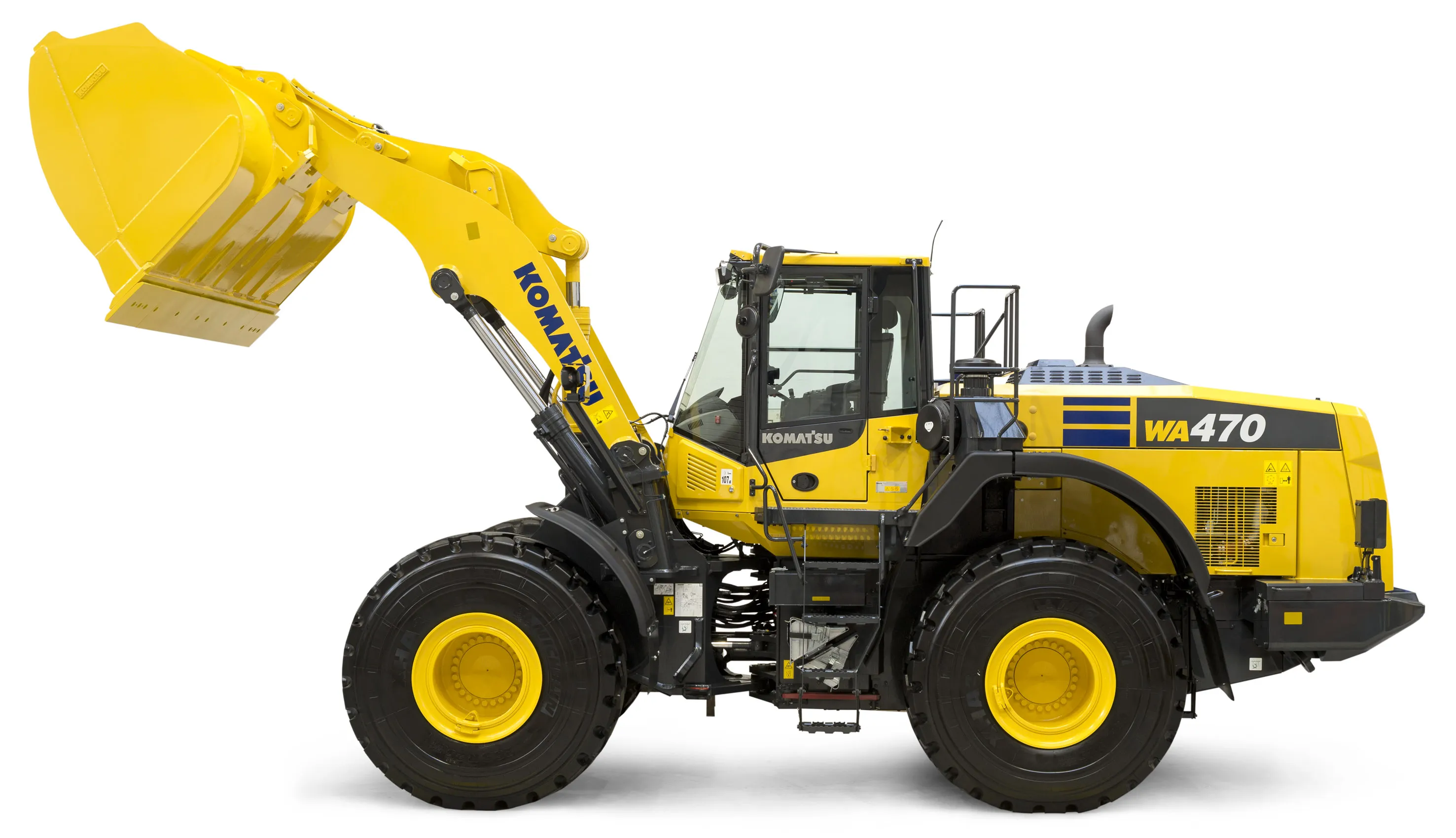Komatsu has begun taking orders for factory-fitted double auxiliary circuits for its MR-3 mini-excavators, which can be comfortably controlled by a double slider on the machine’s PPC joysticks. Higher performances and an improved oil ¬flow, with a perfect pipe routing and smooth fingertip controls, are said by Komatsu to be a few advantages of this new option. By switching to the Attachment work mode, the double circuit offers many possibilities to the operator.
June 14, 2012
Read time: 2 mins

Higher performances and an improved oil flow, with a perfect pipe routing and smooth fingertip controls, are said by Komatsu to be a few advantages of this new option. By switching to the Attachment work mode, the double circuit offers many possibilities to the operator.
An additional hydraulic circuit can be used to operate attachments such as tilt buckets or hydraulic breakers. In the latter case, the dedicated selector will be positioned in Hammer mode, and the on/off switch is said to allow easy and precise operation of the tool by touch.
The second hydraulic line, with a lower oil flow rate, is said to provide an ideal solution when a rotating function is needed on a roto-tilting attachment or a clamshell bucket, and for demolition equipment.
Komatsu says a simple procedure, backed up by helpful indications on the digital monitor, lets both circuits be set independently (depending on models, maximum 70 l/min on the 1st line and 25 l/m on the 2nd line), for the best match to the attachment’s specifications.








